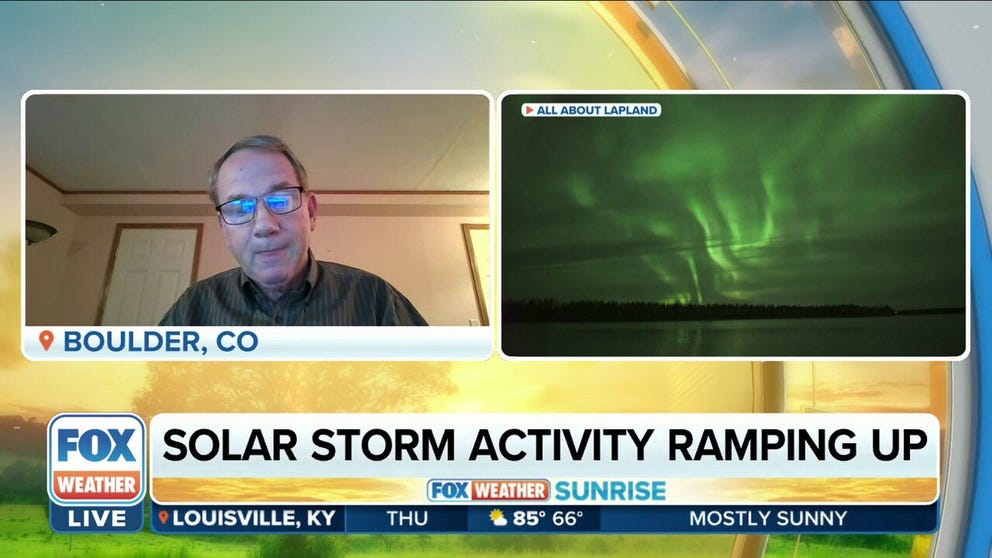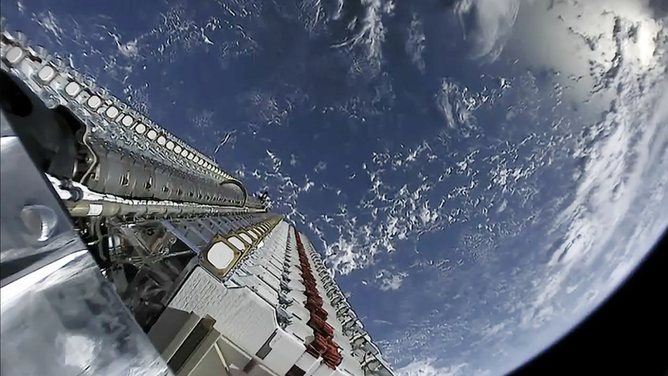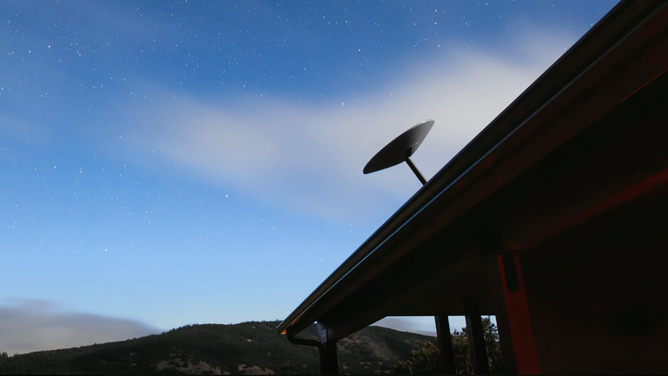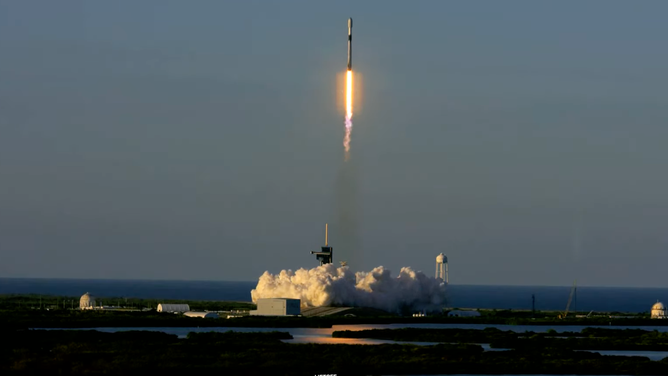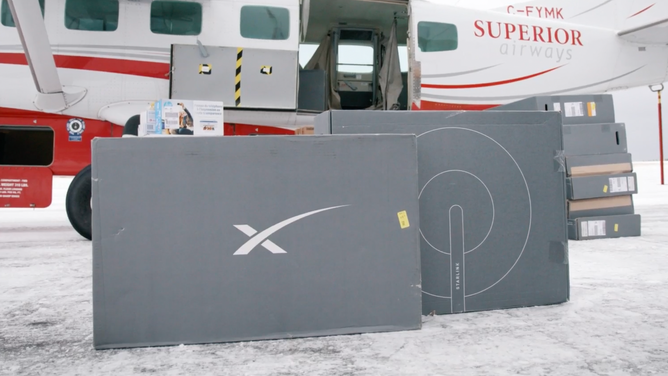Improved space weather forecasts needed to avoid destruction of satellites
In February, more than 3 dozen SpaceX satellites were destroyed during a geomagnetic storm. NOAA's Space Weather Prediction Center is working closely with satellite companies to enhance the forecast and warning process.
Geomagnetic storm to produce Northern Lights this week
NOAA Space Weather Prediction Center experts have been monitoring the sun and forecast a G3 geomagnetic storm. William Murtagh with NOAA Federal, goes into more detail about this geomagnetic storm.
Space weather forecasts designed to keep the multi-billion-dollar satellite industry safe from hazards while in orbit fall short of what's needed and are prone to errors, according to space experts.
A new study published by American Geophysical Union examined the shortfalls of space forecasts and scrutinized a February event where 38 Starlink satellites were destroyed during a prolonged geomagnetic storm.
A geomagnetic storm can last for days and happens when there is a disruption of Earth's magnetic field.
In the debilitating SpaceX event, an analysis found the satellites experienced increased drag, which made it impossible for the high-tech machines to find orbit.
The satellites fell harmlessly into Earth's atmosphere, where the more than 500-pound objects burned up.
GEOMAGNETIC STORM CAUSES DESTRUCTION OF 40 NEW STARLINK SATELLITES
The National Oceanic and Atmospheric Administration said SpaceX engineers had the latest space weather forecast, but it was simply not adequate to understand the potential impacts of the geomagnetic storm.
NOAA has used a 5-point scale to rank activity, but the study authors claim the current forecasts are insufficient.
"Commercial satellite operators receive general forecasts, watch, warnings, and alerts through NOAA's data and web services, but none are currently specifically focused on satellite drag at low-Earth orbit. Thus, it is critical for SWPC to establish alerts and warnings for thermospheric density enhancement conditions. This information will certainly become essential when dealing with space traffic coordination in an increasingly crowded space environment during both geomagnetic quiet and perturbed conditions," study authors stated.
A fix may be challenging as authors believe NOAA needs increased observations and data to improve space weather forecast models.
THESE ARE THE 5 CATEGORIES THAT MEASURE GEOMAGNETIC STORMS
With increased data, it is hoped that experts will be better able to predict arrival times and magnitudes of geomagnetic activity, producem more accurate forecasts and improve cooperation with satellite operators.
NOAA expects similar type events to what destroyed the Starlink satellites to become more frequent as the sun's activity ramps up and reaches its solar maximum around 2025.
During a solar maximum, eruptions from the sun increase and emit powerful eruptions of energy into space.
This uptick in activity can impact everything from space programs to communications and electronics on Earth's surface.
If the magnitude and arrival times are accurately predicted, complex space systems can be put in safe mode to better weather the impacts.
"A worst-case solar storm could have an economic impact similar to a category 5 hurricane or a tsunami," Dr. Sten Odenwald, an expert at NASA's Goddard Space Flight Center, previously stated.
